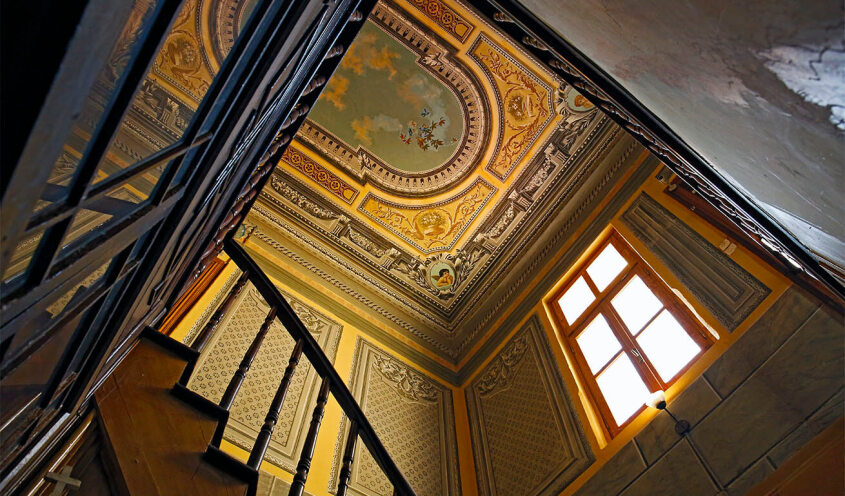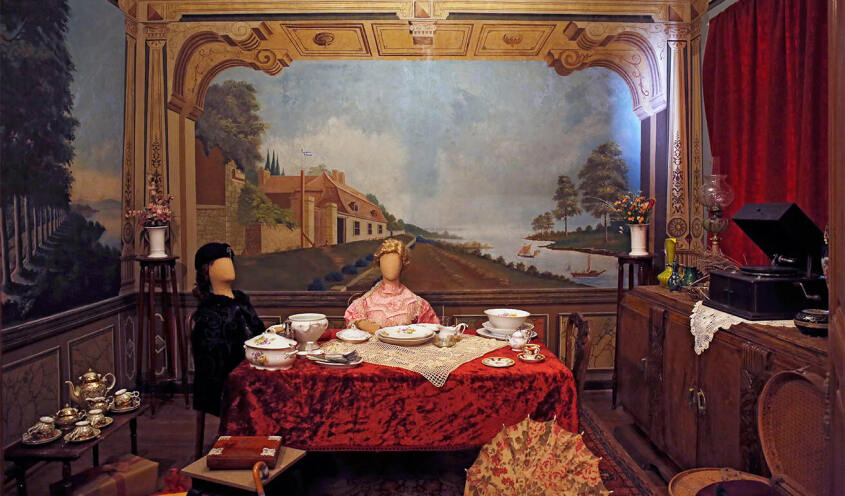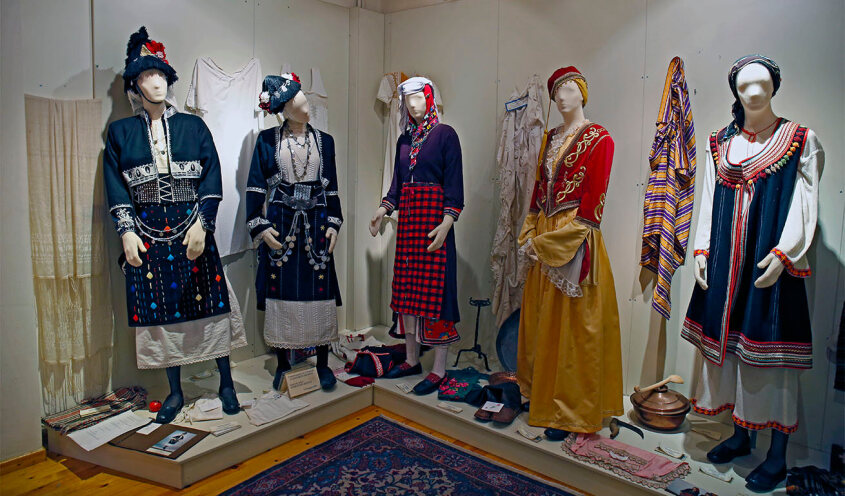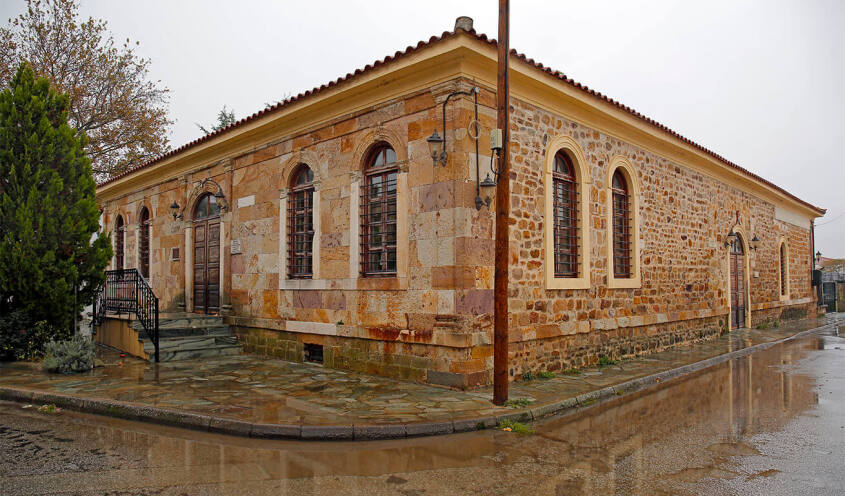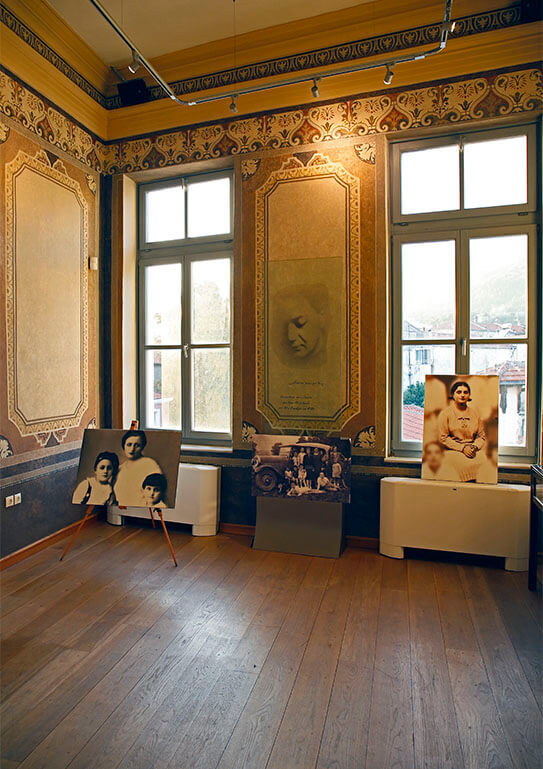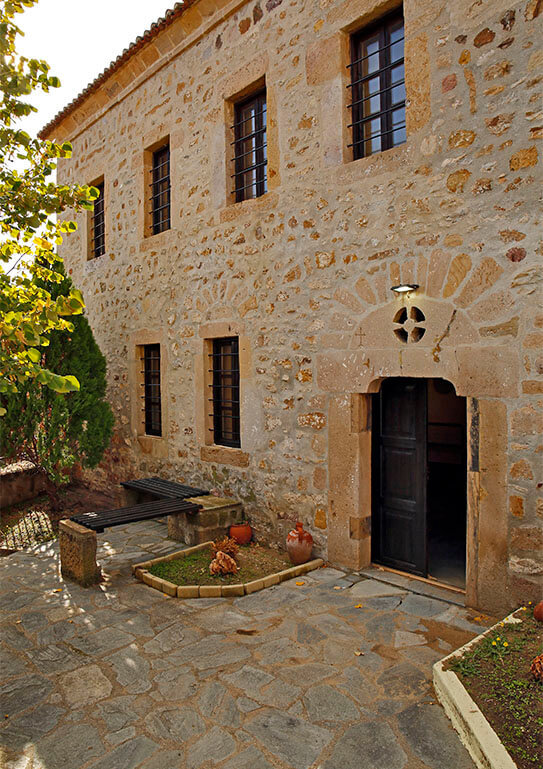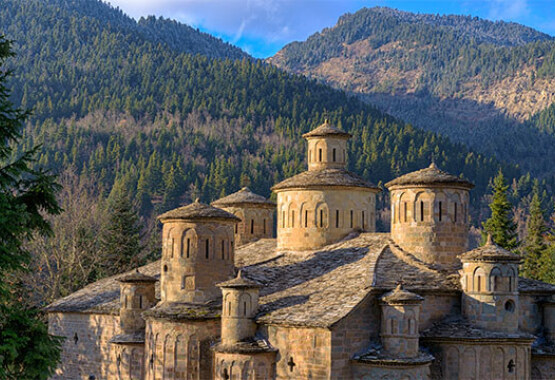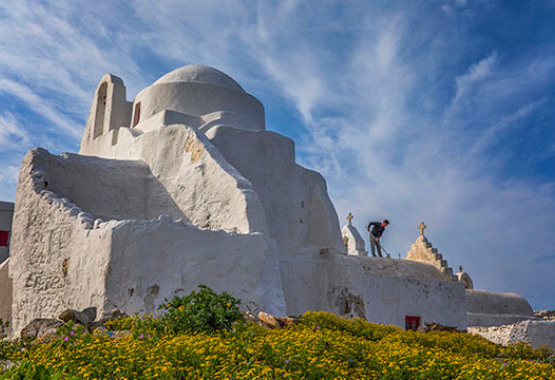
Traditional Neighbourhoods and Muslim Monuments of Xanthi
Unique Local Architecture | Stately Homes, tobacco warehouses & rural residences
As you travel in and around Xanthi city you will come across aspects of this place’s multi-cultural identity, in everything. Christians and Muslims living together; the western architecture constructions standing next to the eastern style buildings; the high mountains next to the blue sea; the old against the new; these features, as well as the residents’ way of life, have blended successfully to create Xanthi’s unique identity!The old town of Xanthi was built right after the 1829 earthquakes, which destroyed the pre-existing town. Today it’s one of the largest traditional communities around Greece, if not the largest one. It is located in the north part of Xanthi city. Visit Demokratias square (aka Central Square) with its art deco impressive Clock Tower. The town includes some 1200 heritage buildings of various styles and uses; some of them are typical examples of vernacular architecture, some urban residences, all built by expert masons from Epirus or Macedonia, and some homes are owned by wealthy tobacco traders and designed by European architects. Pay a visit to the old Garrison Station (aka Grand Maison, because of its size and grandeur) and see its murals and ceiling paintings. It was built in the late 18th century, and it was the home of the internationally acclaimed composer, Manos Hatjidakis, who was born and raised there. It is today used as a Cultural Centre. Don’t miss the Kougioumtzoglou Folk Art & History Museum, former home of the Kougioumtzoglou tobacco trading brothers built in 1860, which is a rare example of a duplex residence. The lively Mitropoleos Square in the old town is where you will see the charming stone-built Primary School and the Cathedral of Saint John the Baptist.
If you are more of an outdoorsy kind of person, you’ll enjoy going for a walk along the banks of Kosynthos River or in the suburban forest of Xanthi.
Xanthi used to be famous for the area’s tobacco cultivation, processing and trading, as shown by the large number of impressive tobacco warehouse buildings dating back to the late 19th and early 20th century, located in the southeasternmost side of the town. The most renowned among them is the Pi Tobacco Warehouse, named after its shape (like the Greek letter “Π”). It used to house the tobacco trading activities of the Ottomans, who had the monopoly and ruled the area up to 1912. Nowadays, it houses the CAPI (ΚΑΠΗ in Greek - Centre for the Protection of the Elderly) of the Municipality, as well as the Foundation for Thracian Art and Tradition.
The route from Xanthi City to a group of villages called Pomakochoria (named after the majority of the local population - an ethnic group called ‘Pomakoi’) will offer you an amazing change of scenery and you will be impressed by both the landscapes and the people. Sminthi village (in Myki Municipality) will impress you with its white mosque; in Myki village, the beautiful colourful costumes of the local women will catch your eye; visit also Echinos, Glafki and Pachni, meet the kind locals, and enjoy the lovely country views: your trip will be a memorable experience!
Genisea town, the administrative centre of Avdira Municipality, has had its fair share of prosperity due to the tobacco farming and trading. It actually became the capital town of the entire Xanthi region for some time during the 19th century, when Xanthi town suffered destruction from the earthquakes. The extant buildings of the Tobacco Warehouses bear testament to the old town’s better days.They now house the local Greek Telecommunications Offices and the Municipality’s Cultural Centre.
Avdira is a beautiful small town, with hospitable locals. Visit the Pamouktsoglou Residence, a two-storey stone-built house, constructed in the mid-19th century in the local Macedonian fortress-like style. See also other traditional stone-built constructions which date to Avdira’s heyday, such as the old Primary School (now the Folk Art Museum), the House of the American by the square, and the renovated Flour Mill.
Stavroupoli is the biggest village in the Nestos area, 28 km from Xanthi city. You will see the traces of its past wealth created by the tobacco trading business. A huge old plane-tree shades the main square, which is surrounded by impressive historic houses, such as the old Tobacco Board building, now housing the Folk Art Museum; the Evangelistria Church; and the Mouratidou Residence, which is a fine example of a local stately home. You also enjoy the lovely views over the river.
